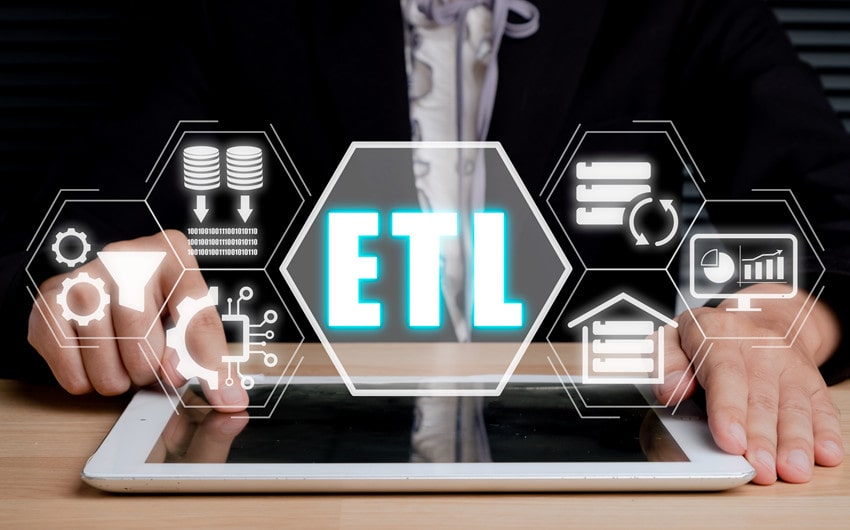Preview
What should any company do if its product is developing quite intensively, and in order to meet business needs it is necessary to connect more and more new data sources. At the same time, very often company specialists look for answers to various questions and problems related, including to blockchain, by analyzing certain data.
As we know, blockchain technology involves the constant movement of huge data flows in its processes. In order not to get lost among these flows, ETL systems are vitally needed that would meet the specific tasks of a particular blockchain platform. Of course, in some cases, data engineering which uses ETL systems can be carried out by companies themselves, but those companies that want to optimize their costs will only benefit if they turn their attention to https://dysnix.com/blockchain-etl.
Example of data movement
Data engineering has always been in demand, it has many years of history, is enriched with various local tools, and recently has tightly integrated the ETL process into its sphere of influence. Decoding the ETL abbreviation not only explains the very name of this process, but also demonstrates the main stages of its occurrence – data extraction, transformation and subsequent loading into some target storage.
An ETL system usually consists of three elements: suppliers of the necessary data, a transformation unit where data processing takes place, and some kind of storage from which data can be retrieved for specific purposes.
To make it easier to understand the essence of the ETL process, we will give a simple example of data movement for subsequent analysis. There is a manager who organizes various seminars and needs to analyze statistical information regarding the audience of these seminars – the number of students, their age, professional skills, etc. The manager, as a consumer of information, is faced with the task of not only obtaining the data itself, but also receiving it in a certain form and at a certain time.
Different lecturers who collect this data during their seminars may do it in different ways: some write down the information on paper, some create a virtual whiteboard, some keep Excel spreadsheets, etc. The structure of the data itself may also vary. For example, when indicating the age of listeners, one lecturer indicates the year of birth, another – the total number of years, the third immediately calculates the average age of his audience, etc.
Obviously, all this data, which comes from different sources and in different forms, requires processing, cleaning and some transformation for specific purposes. In addition, the reliability of this data must be ensured, both during its receipt and after processing. In other words, the data for analysis must meet certain expectations of the consumers of this data, and a reliable, ETL-tested system can provide this.
ETL in detail
So, there is a supplier/suppliers of certain data, there is a target system or storage where this data is loaded for further use, and between them there is a connecting block in which the data is converted into the required format. The connecting block can be roughly divided into four main components. The first is a module that is directly responsible for loading data from the provider into temporary storage.
Since there is no guarantee that the supplier has provided reliable data for processing, it must be validated, and this is the task for the second component of the block. The next component of the block is a logical module, which will be different for different purposes, i.e. unique for each project. The fourth component is the so-called orchestrator, which manages the entire data transformation process.
Figuratively speaking, the entire data transformation stage can be characterized using four questions, each of which relates to the corresponding component of the transformation block:
- Has the data been received?
- Is the data from the data sources reliable?
- Is the data correct after processing?
- What is the status of the data processing process?
Testing the ETL system
The main necessary characteristics of any ETL system are its independence and self-sufficiency. However, despite this, the ETL system needs periodic testing. In other words, the system must be explored following a certain sequence of the stages. This means that each component of the system must first be tested individually, then each component pair interaction must be evaluated, and finally the entire system must be examined with a variety of input and output options.
However, it must be remembered that despite testing the system, it is important to let the system work on its own for some time without external intervention, observing all the processes that take place in it. It should be noted that there are various texting techniques, both universal ones that are often used, and also specific ones, which are designed to implement certain tasks. The use of one or another testing technique depends on the characteristics and objectives of each specific project.

